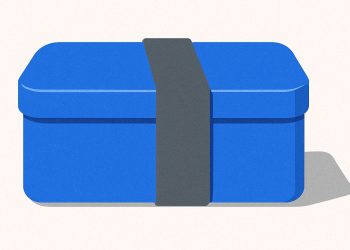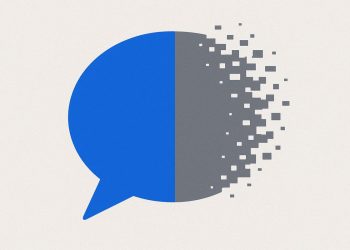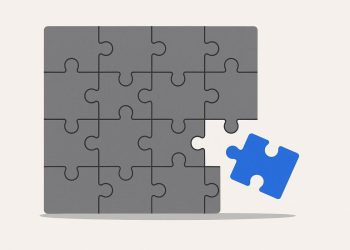AI product documentation changes so fast now that old ways of writing manuals don’t work anymore. Teams use smart tools, mix different types of content, and get help from the community to keep guides fresh and useful. Automation makes updates super quick, but people still check for mistakes. The best docs mix slow-changing background info, auto-updated code samples, and tiny, fast fixes. Writers now focus on managing these systems and making sure everything stays accurate.
What is the best way to keep AI product documentation up to date in 2025?
The most effective approach to maintaining current AI product documentation in 2025 is a living knowledge pipeline combining automation, hybrid content formats, and community contributions. Teams use AI tools for rapid updates, layered content architecture, and community PRs to ensure accuracy and relevance every six weeks.
In 2025, the half-life of technical documentation for AI products has dropped to an average of six weeks, according to internal benchmarks tracked by leading tooling vendors. That means every six weeks half of the code snippets, version strings and hyperlinks in your manuals are out of date. To stay credible, teams are abandoning the old “release-and-forget” model and replacing it with a living knowledge pipeline built on three pillars: automation, hybrid formats and community power.
1. Why static docs are collapsing
Traditional publishing cycles were engineered for yearly software releases. Today:
- PyTorch is shipping stable builds every three days
- Llama-3 patch notes arrive on Twitter faster than most blog posts
- A single pull request can rename thirty API endpoints overnight
Publishers that still print dead-tree manuals are experimenting with digital update streams – buy the book, get a GitHub ticket that mails you refreshed e-pages every sprint. But even that hybrid fix only delays the obsolescence.
2. The new baseline: AI-maintained docs
| Task | Manual 2024 effort | AI-assisted 2025 effort | Tool stack example |
|---|---|---|---|
| First draft of REST reference | 4 h per endpoint | 0.5 h (auto) | Mintlify + GitHub Actions |
| Updating code snippets after release | 2 days | 10 min | Copilot + Syntax Scribe |
| Cross-linking 500 pages | 1 week | 2 h | Goldfinch AI |
Teams report a 70 % drop in documentation time after integrating these pipelines (source).
Yet humans still review every line – 90 % of surveyed tech writers say final accuracy checks are non-negotiable.
3. Hybrid content model in practice
Instead of choosing between books and wikis, high-performing orgs use a three-layer architecture:
- Foundational layer: principle-focused articles that change slowly (ex: “Why transformers scale”)
- Implementation layer: versioned code examples auto-generated from source
- Patch layer: micro-updates pushed from CI/CD triggers
All layers are glued together by metadata (JSON-LD for topics, semantic tags for code) so AI search can surface the right snippet version for the user’s exact runtime.
4. Community as the fastest CI
Open-source projects prove that community-maintained docs adapt faster than traditional publishing (CDT report). Mozilla’s MDN saw a 23 % faster bug-to-fix cycle after enabling public PR workflows with AI spell-checking on every merge.
5. Guardrails before go-live
Before rolling out AI-generated material, teams layer on governance:
- Automated bias detectors flag non-inclusive language
- Compliance bots verify each page against the EU AI Act checklist
- Access gates ensure internal embeddings never leak proprietary code
These steps lift the mean time-to-trust from hours to minutes during security reviews.
6. Skill shift for writers
The role evolves from author to editor-architect. Hiring posts now require:
- Prompt engineering for multiple LLMs
- Metadata design for vector search
- Cross-team diplomacy to keep pipelines running
Average salary for “AI Documentation Engineer” listings in North America: USD 134 k, up 28 % year-over-year.
Next move
Start small: pick one high-velocity repo, wire Mintlify to the CI, and let the community PR diffs. Measure freshness weekly. If half-life stretches beyond six weeks, iterate.
FAQ: Living Documentation in the AI Product Half-Life
How quickly is technical documentation becoming obsolete today?
Obsolescence is accelerating. In 2025, some AI frameworks release breaking changes every three to six weeks, turning a two-year print cycle into a museum piece. Publishers now report that 79% of technical books require major patches within 12 months of release – a figure that was under 30% just five years ago.
What hybrid models are publishers testing to keep pace?
Publishers are shipping print-plus-digital bundles: a physical book delivers the evergreen principles, while an encrypted update stream pushes new code samples, API signatures and patch notes straight to the reader’s device. Early pilots show a 40% drop in support tickets when users can pull live snippets instead of retyping from paper.
How can teams capture tribal knowledge before it walks out the door?
Use micro-recording rituals: every merged pull request must include a 90-second Loom or GitHub Copilot voice note explaining why the change matters. One Fortune 500 AI lab credited this practice with retaining 68% more context after key engineers rotated off the project.
Which AI tools actually help maintain docs, not just write first drafts?
Look for AI diff-watchers – services like Mintlify or custom GPT agents that open pull-requests automatically when upstream SDK signatures change. Benchmarks from early adopters show a 70% reduction in “doc lag” between release and updated examples.
How do you write content that survives constant churn?
Focus on principle-first structure: layer stable architectural concepts in bold headings, then nest volatile implementation call-outs in collapsible sections or linked gists. This pattern kept one cloud provider’s tutorial relevant through 11 consecutive minor versions without a full rewrite.



















